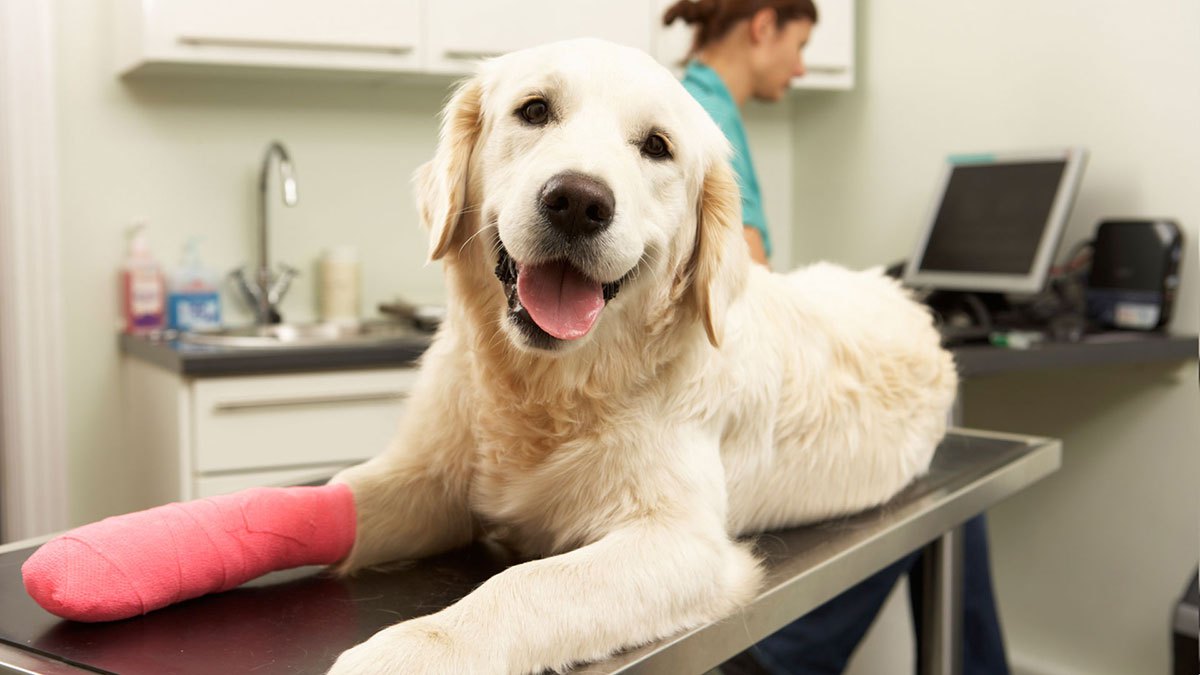One minute, you and Rusty are playing fetch in the yard; the next, you hear a whimper and he’s limping back to you. When you take him to the vet, you find out Rusty has a torn knee ligament—one of the most common orthopedic dog injuries. Healing it will take a $3,000 surgery. Talk about ouch.
Expensive surgeries, treatments, and prescriptions for dogs and cats are becoming more common—so much so that pet health insurance is a fast-growing market. And as new policy providers enter the marketplace, owners are gaining more freedom to personalize and prioritize.
“Because there are more options available, you have a much better chance of finding a policy that covers what’s important to you and your pet,” says Frances Wilkerson, DVM, a Chicago-area veterinarian and the founder of PetInsuranceUniversity.com.
The cost of a policy depends on everything from where you live to the amount of coverage you want to the age and breed of your furry friend—annual premiums for a 5-year-old Labrador can range anywhere from $200 to $1,000, for instance. But no matter how much you pay, you’ll get more value today for your premium dollars than you did a decade ago, according to Dr. Wilkerson. Here, we break down the most significant new enhancements.
Flexible Spending
10 Years Ago: Payment was based on a schedule of benefits; that is, you’d be covered for up to a certain amount for a given procedure—say, $350 to de-quill your pup after a run-in with a porcupine—but you’d pay the remainder out of pocket, no matter how much the final price.
Today: Several companies have opted for reimbursement plans, which many owners find easier to navigate, with deductibles, co-payments, and adjustable limits (some as high as $20,000 annually). Most work on a percentage-based payment plan—for example, 80/20—so when that pup runs into the porcupine, your insurance pays for 80% of the total cost of his treatment, and you cover the remaining 20%. With so many plans out there, the percentage you pay is often your choice.
No Age Cutoffs
10 Years Ago: Once a cat or dog turned 8 years old, it was next to impossible to buy insurance for him.
Today: A few companies have no age limit at all, and the cutoff for others is into the double digits. Know that as your pet ages, policy prices can rise as much as 10% with each year (this usually translates into only a few more dollars each month).
There's also ‘lifetime pet insurance‘ which refers to a policy that will cover your pet for the entire duration of their lives, funding their necessary veterinary treatments within the limitations of the insurance policy with no upper cut off limit in terms of your pet’s age or the length of time needed for treatment.
No Breed Barriers
10 Years Ago: Insurers didn’t cover conditions known to be common in certain breeds, such as $5,000 hip replacements for German shepherds, who frequently have hip problems.
Today: Several major plans cover hereditary conditions, as long as your pet’s not showing symptoms when you first sign her up. For this reason, you might be asked to provide records from a recent checkup before being approved for a policy.
What to Know Before You Buy
Before you purchase a pet insurance policy, check with your vet to create a list of potential health problems, given your animal’s breed and history. To be sure you’ve taken care of the most important conditions, opt for a plan that will cover:
1. Cancer
2. Chronic disease, such as diabetes and heart problems
3. Continual coverage for the above—some plans cover a condition during the year it develops but won’t when you renew
4. Hereditary and congenital disease
5. Medical conditions common to your pet’s breed
No Insurance? Here’s Help
If covering your cats or dogs is beyond your budget, here are 4 other options:
1. Wellness plan. PetSmart stores house Banfield Pet Hospitals, which offer Optimum Wellness Plans. For a onetime sign-up fee and small monthly payments, Banfield provides shots, checkups, screenings, and discounts on additional services such as neutering.
2. Discount deal. Companies like Pet Assure provide cut rates on care and supplies, via a network of professionals. Make sure there’s a participating vet in your area, and compare the cost with what you’d pay a vet charging standard rates. Visit petassure.com for info.
3. Installments. Some vets work with financing companies that let you pay over time with no or low interest. Acceptance is based on credit history. Check with your vet.
4. Financial aid. If all else fails, nearly two dozen privately funded organizations underwrite critical care for pets whose owners are in financial distress. Look at pet-insurance-university.com.











